Alignment
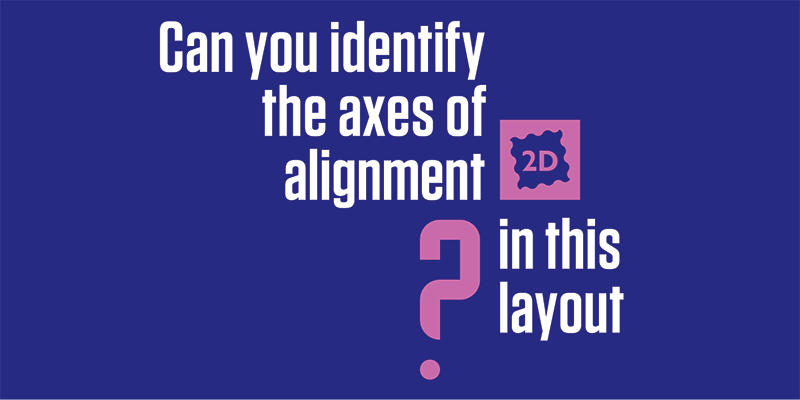
The most obvious sign of professional design is the use of alignment. Invisible axes give structure to a page.
Hierarchy
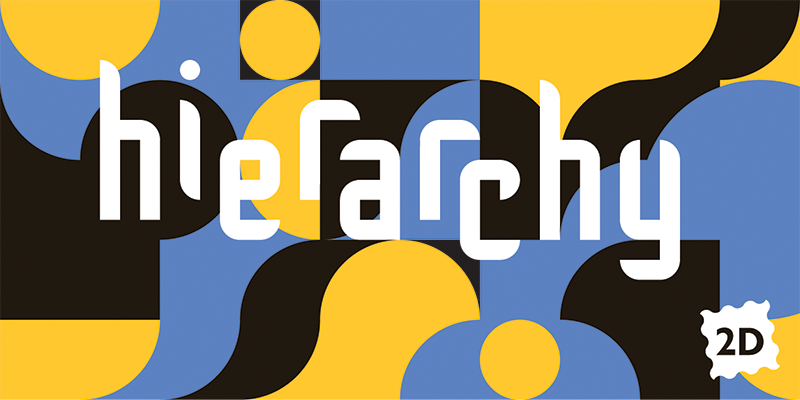
One fundamental design principle is hierarchy. A design should have one dominant feature. One thing that catches the attention of your audience. Subordinate to that can be one or two or several supporting concepts. If they’re still looking, the next level is to add details. You might have additional levels in your hierarchy. At the […]
Great Design Puts People First

Book Review: The Design of Everyday Things by Don Norman Have you ever been confused by a piece of technology? We know electronics can be complicated, but what about the shower in a hotel room? If you have failed to figure out how something works, you are not dumb. The fault is with the designer! […]
Design Tips for Programmers
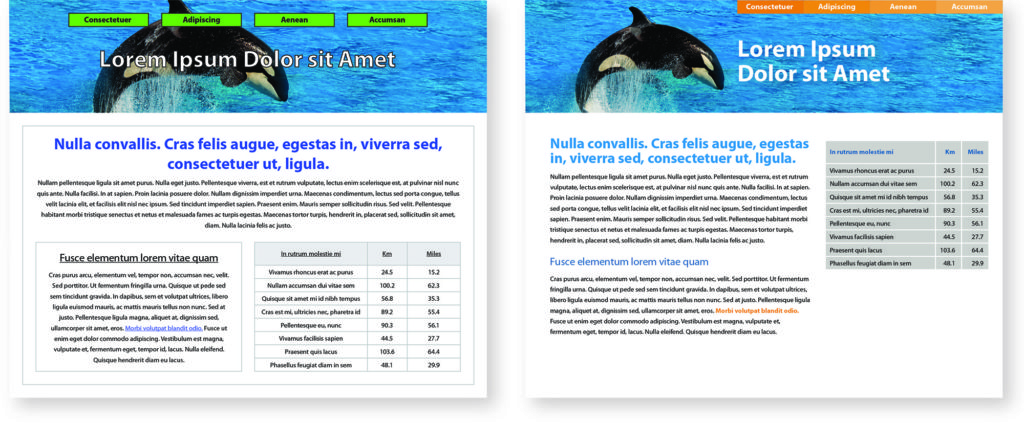
The line between back-end and front-end programming is not always distinct. Many times programmers have to make design decisions on the fly. This guide is intended to help avoid the worst transgressions. As with all rules, there are exceptions—but leave those up to the professional designers.
Spotlight on Massimo Vignelli
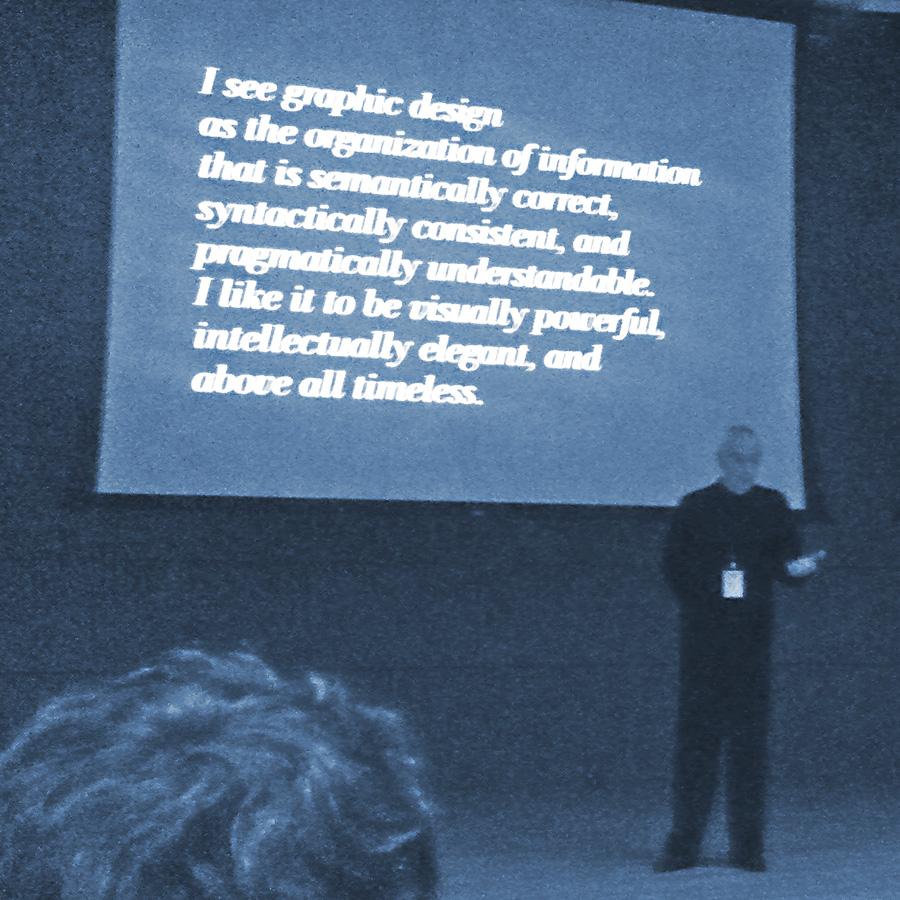
A few years back I had the sublime pleasure of seeing Massimo Vignelli speak at a design conference. I snapped this photo with my phone when his definition of graphic design came up on the screen. Vignelli passed away this year, so it’s a good time to reflect on his career. You have seen his […]
White Space is Good
White space—or more accurately, negative space—is an important part of any design.
Why Design on a Grid?
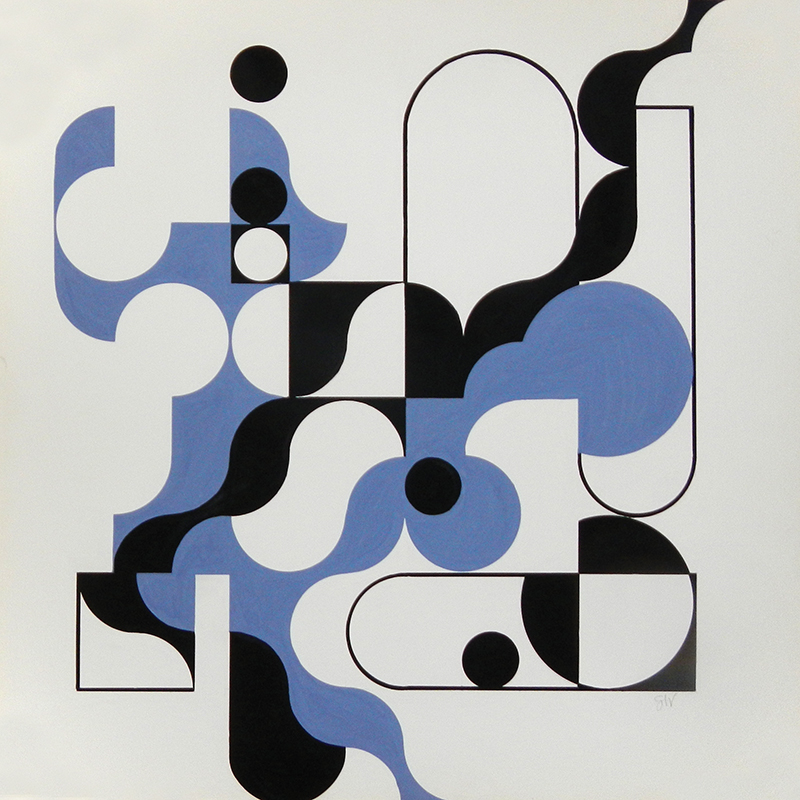
Think of the grid as the design’s skeleton; you can’t see it, but it gives structure to what you do see. The majority of publication and web designers arrange type and images on a grid. The viewer doesn’t see the grid lines, but can see evidence of them in the rows and columns throughout.
7 Design Principles Inspired by Zen

What do all of the most memorable and beloved designs have in common? It’s not just innovation, creativity, or simplicity alone. Whatever it is can’t be distilled down to only one factor. Matthew May (fastcodesign.com) writes that the key to excellent design may be described by seven principles inspired by Zen Buddhism. These principles, which […]
Shape
Shape communicates on flat surfaces and in three dimensional spaces. Shapes do not exist by themselves; they have color, texture, transparency, scale, and perhaps patterns and motion. Beyond the basic shapes described here is a lot of room for complexity and interaction. This is to get you started thinking about shape.
Parallelism
When you have more than one thing grouped together, keep them parallel. A simple example: in a list of actions, use the same verb tense for each. In a more complicated work such as a movie or novel, parallelism helps the audience know how diverse characters and timelines relate to each other. In the visual […]
